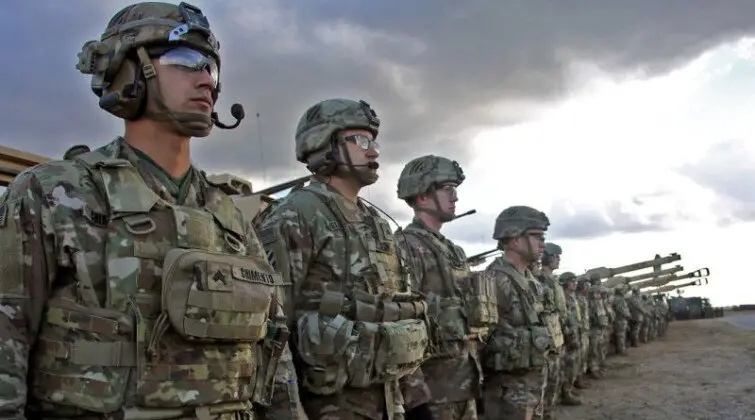<p >NATO is planning the creation of 49 new combat ready brigades, each with around 5000 personnel, according to German media reports citing the alliance’s unpublished documents. This&nbsp;will represent a 60 percent increase on the current force of 82 such brigades.&nbsp;The number of combat corps is to be expanded from six to 15, and division headquarters from 24 to 38, in order to manage and support the new brigades, according to the new Minimum Capability Requirements presented by NATO Supreme Allied Commander Europe General Christopher Cavoli and French Admiral Pierre Vandier. The report cites the need to counter Russia as a primary rationale for pursuing this expansion. Tensions between Russia and NATO have increased steadily since the overthrow of the Ukrainian government in 2014, and subsequent outbreak of civil war in the country in which each backed opposing sides, with relations having further worsened since Russia launched a large scale intervention in the country in February 2022.&nbsp;</p><p ><img src=" title="Polish Army Newly Delivered M1 Abrams Tanks"></p><p >Personnel from NATO member states have played a central role in the ongoing Russian-Ukrainian War, including as advisors, logisticians, combatants, and other roles, with their presence having been key to operating new NATO-standard hardware delivered to the country. Examples have ranged from<a href=" Royal Marines deployed</a>&nbsp;for frontline combat operations from early 2022, to&nbsp;<a href=" advisors</a>&nbsp;who have reportedly provided significant support armoured offensives. The latest Ukrainian offensive into the Russian Kursk region has seen U.S., Polish and French personnel play very <a href=" target="_blank">significant roles </a>on the ground. Alongside active service members, contractors and volunteer units from Western countries have also played major roles, with their positions consistently being <a href=" out </a>by Russian forces <a href=" strikes</a>. Russia and NATO have thus increasingly been considered to be at war – albeit short of a full scale conflict. NATO has also increasingly focused on operations beyond Europe to attempt to counter other challengers to Western power in other regions – most notably in Northeast Asia targeting China and North Korea.&nbsp;</p><p ><img src=" title="Finnish Army Personnel "></p><p >NATO’s border with Russia <a href=" >more than doubled </a>in 2023 with the accession of Finland to the alliance, while Finnish and Swedish forces’ addition to those of the bloc have provided a significant boost to combat capabilities. The Finnish Armed Forces in particular have invested heavily in acquiring new equipment such as <a href=" target="_blank">F-35 stealth fighters</a>. While the alliance’s planning for a 60 percent increase in the number of combat ready brigades is far from out of line with prevailing trends, its ability to afford such an increase remains in question due to economic crisis across much of Europe and unsustainable debt accumulation in the United States. Ground forces across the alliance faced deep cuts in the 25 years following the end of the Cold War, with the very high costs of Western ground forces, largely due to high salaries of personnel, making funding a reversal of this highly challenging.&nbsp;</p>
NATO Plans Massive 60 Percent Boost to Combat Ready Forces With 245,000 Personnel

